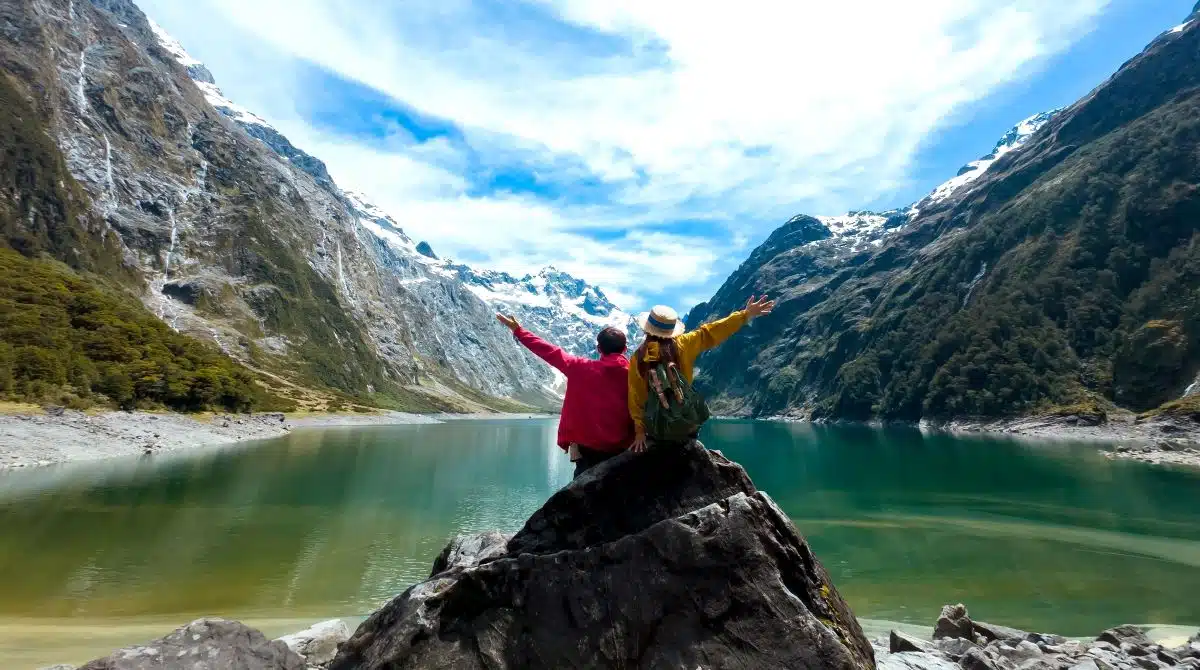Eco-tourism has become one of the most rapidly growing factors in the current tourism industry with nature lovers insisting to only visit those destinations that lay emphasis on sustainability and provide benefits to the local community.
Therefore, as a sustainable traveler, it is crucial to do thorough research to ensure that the places you choose to visit have activities that have minimal environmental impact and promote equitable economic development to ensure long-term benefits for the community as a whole.
Sustainable organizations work each year to compile a list of green destinations that have shown commitment to preserving their natural resources, reducing energy consumption, and protecting their heritage.
Reputed brands such as Naturetrek offer sustainable holiday options that ensure a low environmental impact. Read on to learn about seven sustainable destinations great for wildlife viewing.
Costa Rica
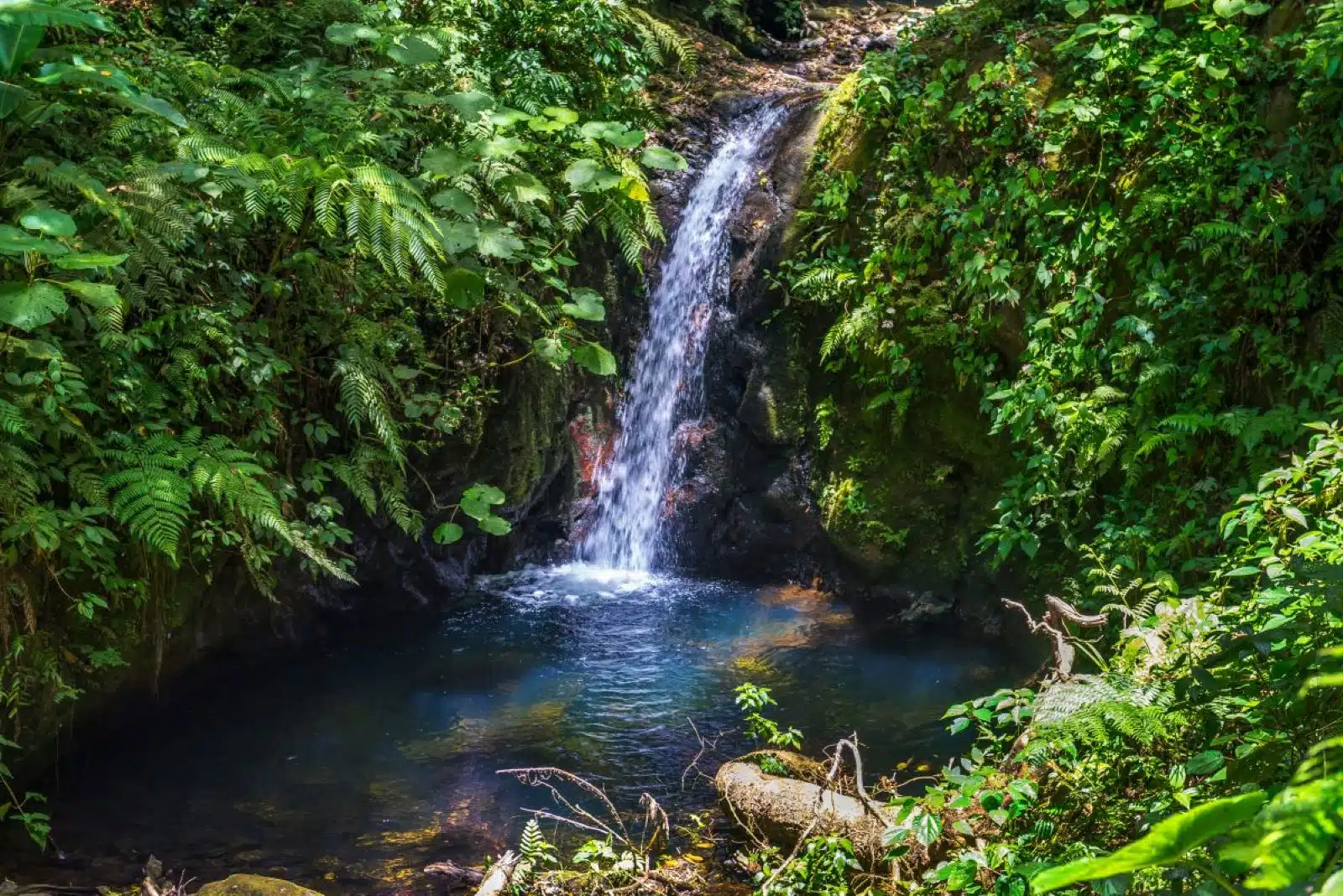
Image Credit: Shutterstock / Valerija Polakovska
With an extremely high level of commitment towards its environment and conservation, Costa Rica has emerged as one of the best eco-friendly vacation destinations worldwide. The country aims to be carbon-neutral by 2050 and already generates 98% of its power from renewable sources, and 25% of the land has been designated as protected areas.
Costa Rica is also known for its efforts to promote sustainable practices by encouraging organic farming, using renewable energy, and establishing eco-lodges. Key attractions for wildlife lovers are the Monteverde Cloud Forest Reserve, famous for the resplendent quetzal, Arenal Volcano for hot springs and Manuel Antonio National Park for howler monkeys, toucans and sloths.
Galapagos Islands
The Galapagos Islands, which are located off the coast of Ecuador, are a UNESCO World Heritage Site and are home to one of the most diversified and unique ecosystems in the world. The islands are also home to some unique flora and fauna not to be found anywhere else.
Home to the spectacular Galapagos National Park, which covers 97% of the total land area, as well as the Charles Darwin Research Station, nature enthusiasts flock here to get a glimpse of the wildlife species found here.
Apart from getting an insight into conservation and ongoing scientific research, visitors can spot the endemic marine iguana and the Galapagos tortoise, among others. Visitors can also visit Tortuga Bay, a beautiful beach on Santa Cruz island and a popular spot for sunbathing and wildlife watching, especially sea lions, which can be seen basking on the rocks. Moreover, the strict regulations on tourism and initiatives to control invasive species have resulted in minimum human impact on the environment.
Patagonia
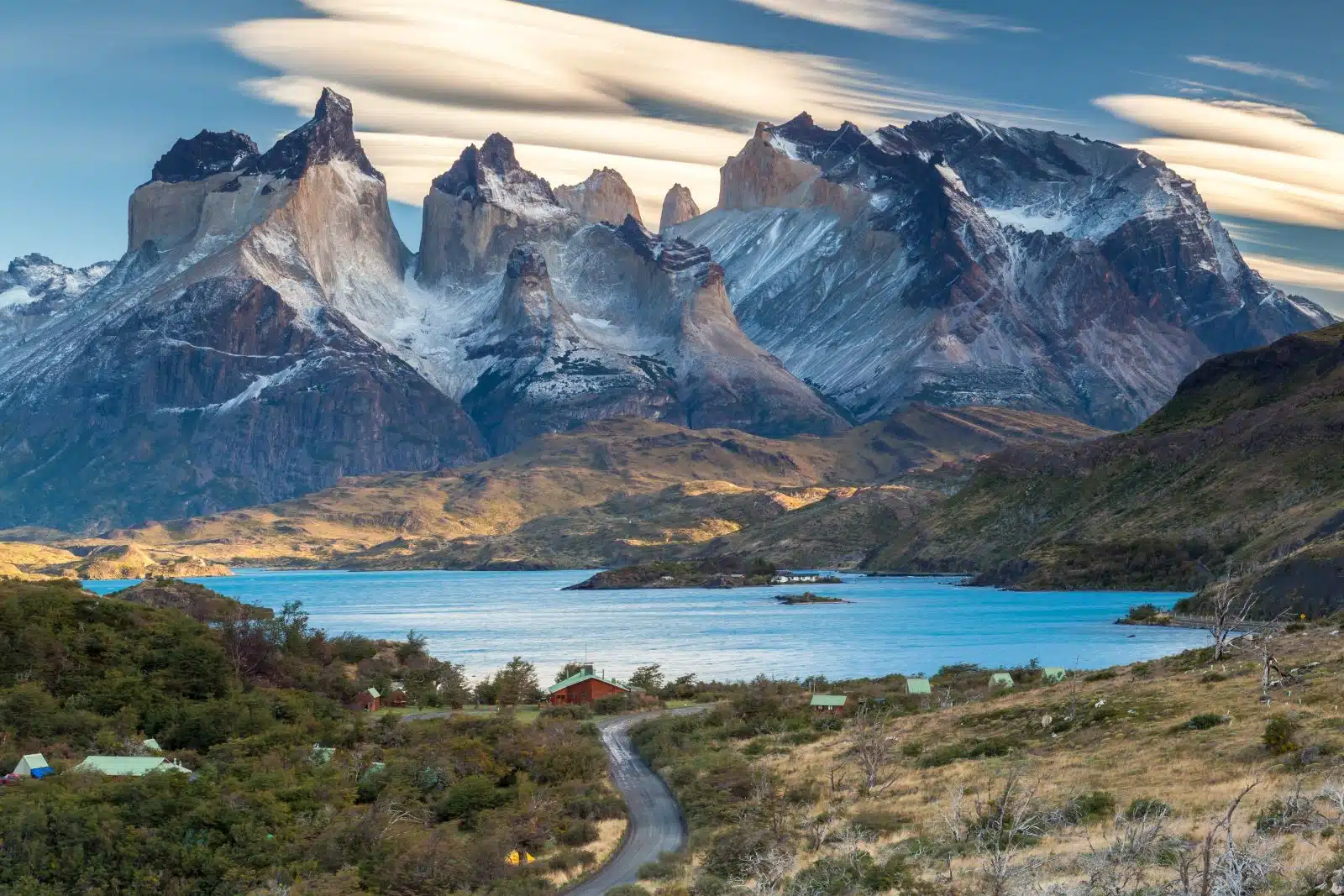
Image Credit: Shutterstock / NOWAK LUKASZ
Spanning southern Chile and Argentina, Patagonia boasts dramatic landscapes and diverse wildlife and is one of the few places in the world to see advancing glaciers. The region has been striving to promote a slew of conservation projects, aimed to preserve its flora and fauna and boost sustainable tourism to reduce the environmental footprint of visitors.
Wildlife hotspots here include the well-known Torres del Paine National Park, known for its rugged blue mountains and rich wildlife, and the Perito Moreno Glacier, which offers spectacular ice formations and calving sightings.
Norway
Apart from its mind blowing Fjords and unique mountains, Norway is known the world over for its commitment to sustainability and promoting green tourism. The extensive use of renewable energy, particularly geothermal and hydroelectric, has resulted in a spurt of eco-friendly resorts and lodges that strictly adopt sustainable tourism practices.
Nature enthusiasts come to Norway in large numbers to see the iconic Geirangerfjord and Naeroyfjord, known for their stunning landscapes and outdoor activities like hiking, kayaking, and boat tours. Then there are the Lofoten Islands, famous for their dramatic scenery, fishing villages, and surreal sightings of the Northern Lights. Norway is also home to a number of national parks, including Rondane National Park and Jotunheimen National Park, which are both ideal destinations for ecotourism.
Kenya
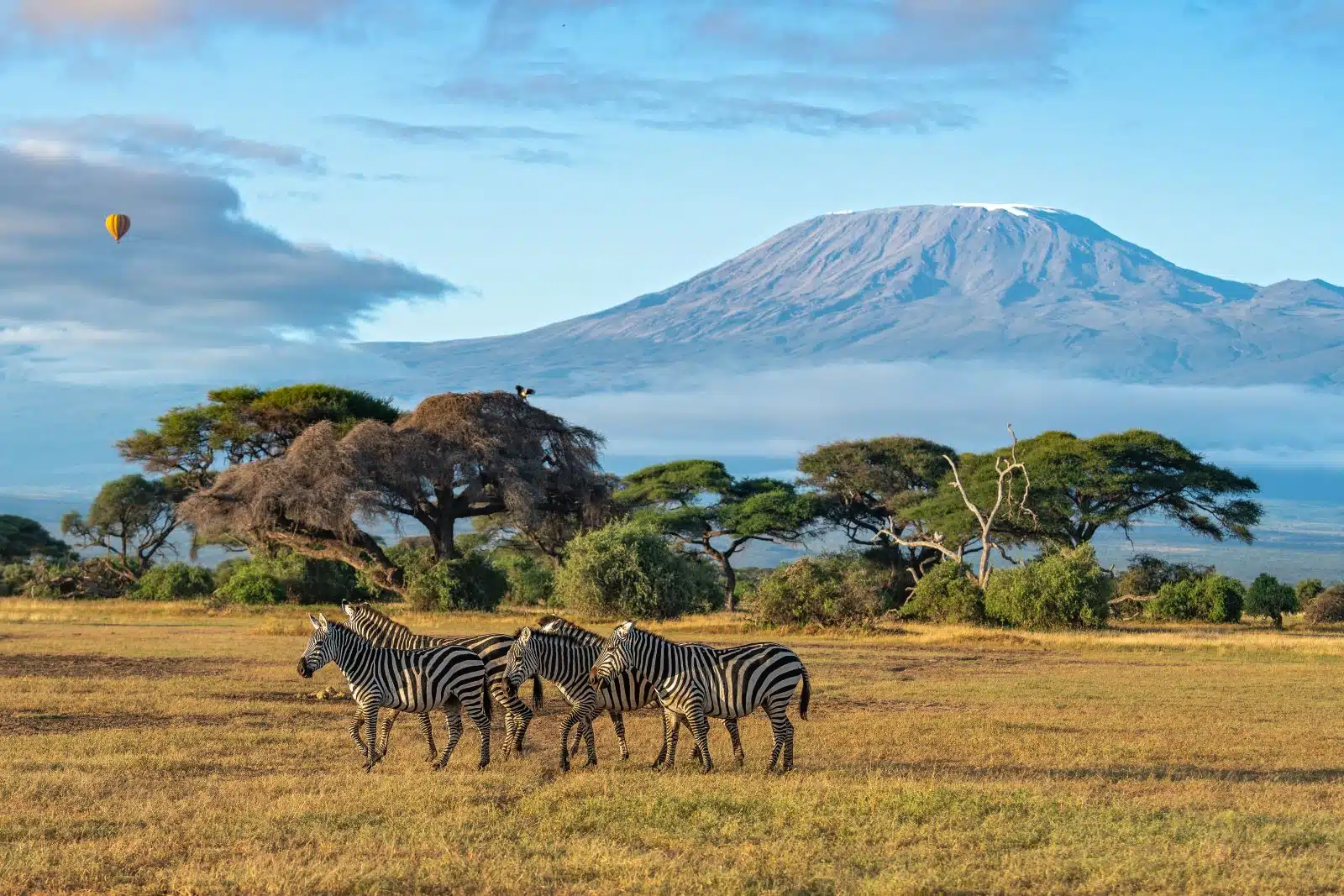
Image Credit: Shutterstock / Som Moulick
Kenya has steadily risen on the eco-friendly tourist radar by promoting a slew of sustainability practices and community-based conservation, especially in the popular Masai Mara Game Reserve and Amboseli National Park. This has made Kenya a great destination for ecotourism as well, apart from its already famous savannahs and diverse wildlife, which include the Big 5 of the animal world, namely lion, leopard, rhino, elephant, and cape buffalo.
Kenya has also established a large number of eco-friendly lodges, which makes it a must-visit destination for responsible travelers. Other places for travelers to explore wildlife are in the picturesque landscapes of the Shimba Hills National Reserve on a day tour from Mombasa. An early morning game drive here offers a multi-faceted wildlife experience.
New Zealand
New Zealand has since long been a most sought-after tourist destination, especially because of its commitment to eco-friendly practices and breathtaking scenery. There are many national parks in the country that the visitors can explore, like the iconic Abel Tasman and Fiordland National Parks, where, apart from spotting endemic wildlife, there are opportunities for kayaking, hiking, and birding.
New Zealand is also home to the world’s fully fenced urban eco-friendly sanctuary, Zealandia, which has become the prime habitat of an array of the country’s exceptional wildlife. A tour of this unique sanctuary offers a perfect introduction to a diverse array of bird life, including names like this, kakariki, and bellbirds, apart from some rare and endangered species like takahe and endemic reptiles such as the tuatara and the green gecko.
Additionally, nature lovers can embark on a day-long excursion to New Zealand’s rugged west coast from Auckland to get sweeping views of the Tasman Sea and the expansive Pacific Ocean beyond. The tour also includes a trip to view ancient Maori carvings, and a guided rainforest walk through the lush wilderness.
Indonesia
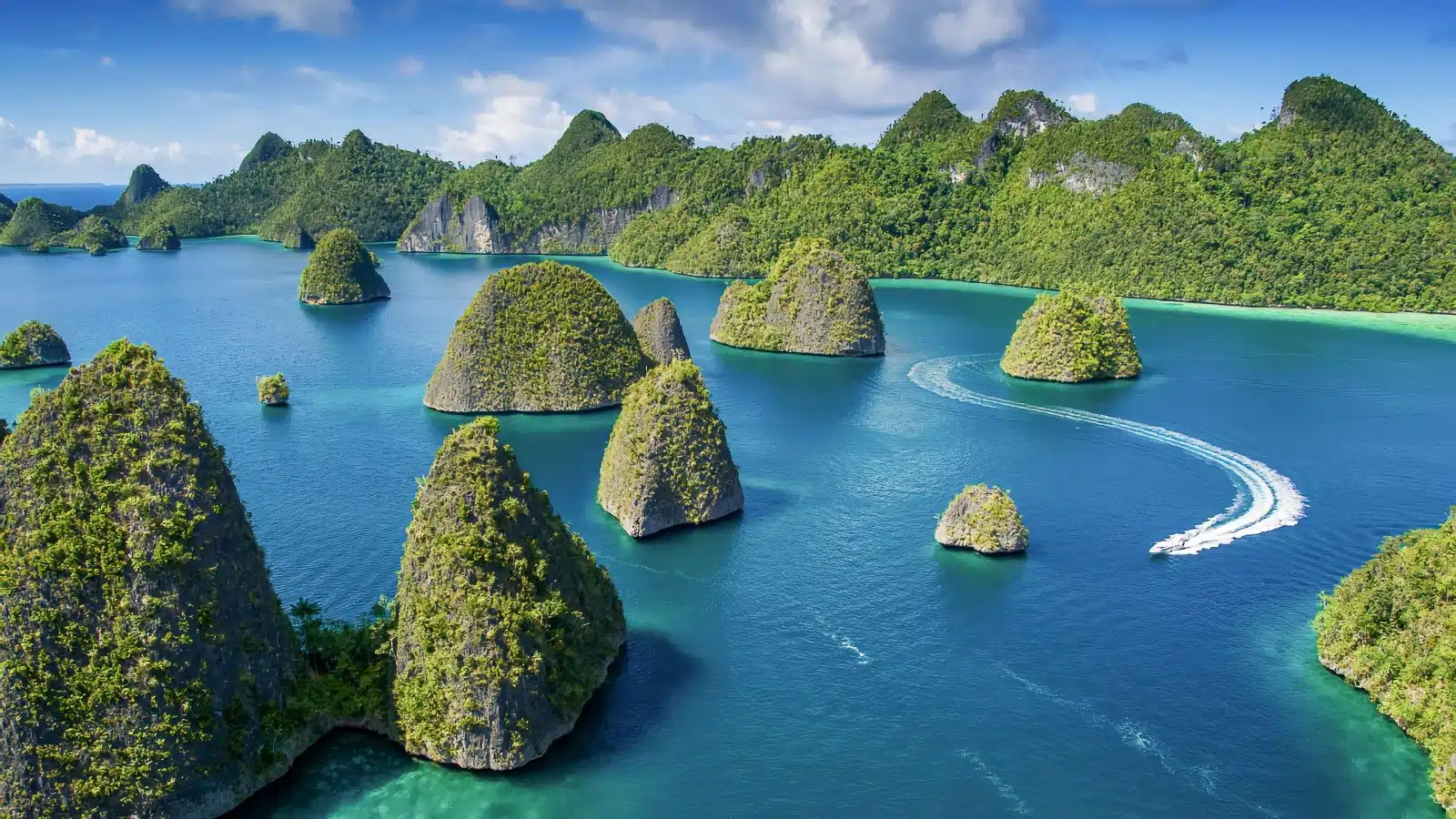
Image Credit: Shutterstock / Stevalf Pic Studio
There are a large number of eco-lodges and resorts in Indonesia that lay claim to its sustainable tourism-boosting activities. If you have heard of Bali but don’t love the crowds, then head to the pristine Raja Ampat archipelago located on the western side of Indonesia.
The park is made up of a small group of islands, known for its clear blue waters and lush rainforests. Apart from the diverse marine life harboring over 1500 species of fish, there are over 600 bird varieties here, and it has become a popular destination for snorkeling and eco-tourism lovers. Moreover, Raja Ampat is a wonderful off-beat place to visit, located in an area that is stunning and beautiful and an eco-tourism destination that is committed to responsible tourism.
There are a number of boat tours available to different parts of the island where one can go snorkeling, diving, or simply relaxing on the boat itself to marvel at the scenery. Going on a hike in Raja Ampat is also a great way to explore the rainforest and spot wildlife.
The post 7 Remarkable Wildlife Destinations for an Eco-Friendly Holiday first appeared on The Green Voyage.
Featured Image Credit: Shutterstock / Nok Lek Travel Lifestyle.
Tips for Trip Success
Book Your Flight
Find an inexpensive flight by using Kayak, a favorite of ours because it regularly returns less expensive flight options from a variety of airlines.
Book Your Hotel or Special Accommodation
We are big fans of Booking.com. We like their review system and photos. If we want to see more reviews and additional booking options, we go to Expedia.
You Need Travel Insurance!
Good travel insurance means having total peace of mind. Travel insurance protects you when your medical insurance often will not and better than what you get from your credit card. It will provide comprehensive coverage should you need medical treatment or return to the United States, compensation for trip interruption, baggage loss, and other situations.Find the Perfect Insurance Plan for Your Trip
